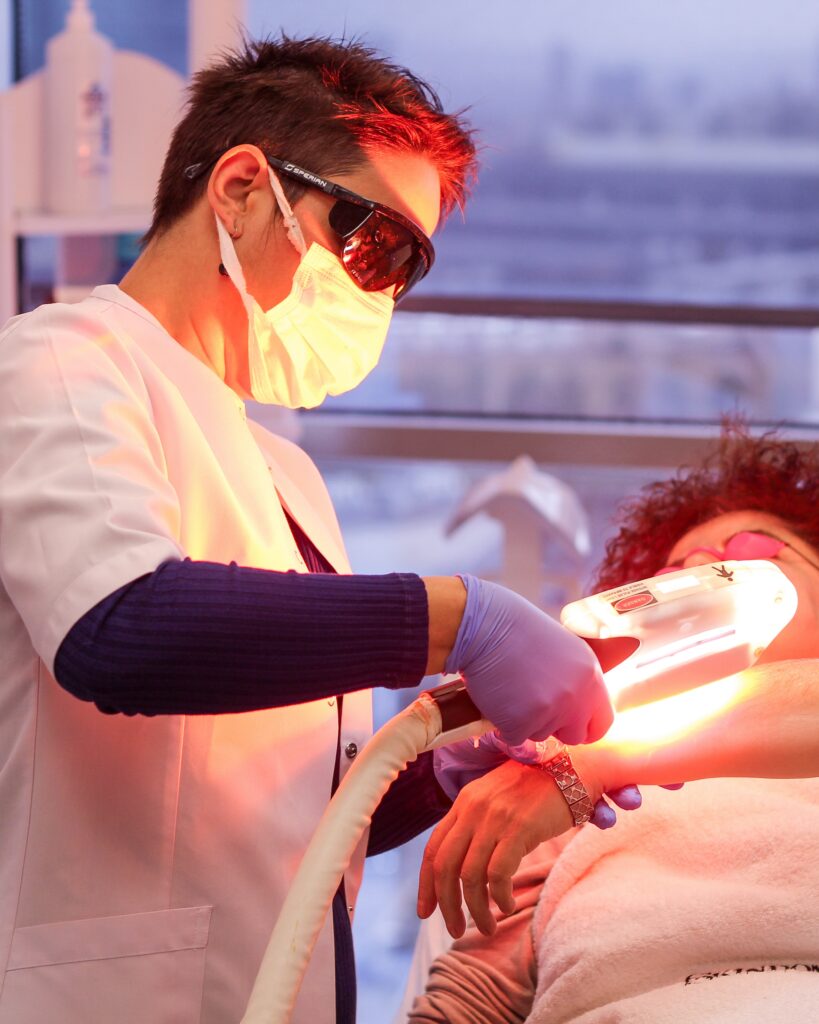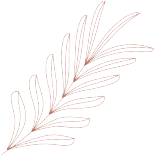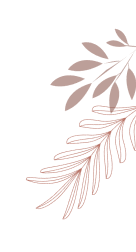
Aging: Why & How Does it Occur
Aging is a necessary process that all creatures in life must endure. Aging is described as the loss of efficacy of biochemical and physiological processes that eventually leads to death. Currently, the ongoing theory is that the accumulation of metabolic and biological waste causes the progressive demise of our organs including our largest organ, the skin. As humans, in our youth we tend to have plump, firm and smooth collagenated skin with tons of elastin and strong ligaments holding everything in place. However, as we get older we start losing about 1% of collagen every year starting as early as in our 20’s! Intrinsic and extrinsic factors also affect our rate of aging.
Some Extrinsic Factors include:
- exposure to toxins and pollution
- over exposure to UV light
- exposure to radiation
- smoking
Some Intrinsic Factors include:
- genetics
- hormonal and metabolic processes
- cellular metabolism

Diet also plays a huge role in the aging process. Here are some key nutrients to boost skin health:
- Vitamin C to brighten the skin and synthesize (produce) collagen
- Commonly found in citrus, tomatoes, bell peppers, broccoli, brussels sprouts, cabbage, strawberries
- Vitamin E is an antioxidant that protects skin from UV rays and oxidative stress while moisturizing the skin
- Commonly found in wheat germ oil, almonds, sunflower seeds, pumpkins, collard greens, spinach, asparagus, avocado
- Omega 3 protects with anti-inflammatory properties and deeply nourishes the skin with polyunsaturated acids
- Commonly found in: fatty fish like salmon, mackeral and tuna; cod liver oil, chia seeds
What to Avoid:
Sugar has been seen to accelerate the aging process. AGE (Advanced Glycation End products) occur when sugar molecules attach to and modify lipids or proteins causing damage and oxidative stress. Aging is heightened in hyperglycemia (high blood sugar)and leads to a loss of protein function and impaired elasticity in tendons, skin, vessels, etc.
What Does Aging Look Like
As we get older, there are physical signs on our skin that remind us of our inevitable aging process.
- Skin starts to get dryer (our sebaceous glands produce less oil especially after menopause for women and more drastically for men after 80)
- Skin becomes thinner, more translucent and blood vessels become fragile. it’s easier for an elderly person to cut their skin, bruise or have broken capillaries (enlarged blood vessels typically seen around the nose or on the face) and cherry angiomas (red growths, can be genetic, tend to grow after age 30).
- Sun spots, melasma (hormone related hyperpigmentation) or hyperpigmented areas caused by UV damage may also occur and may be difficult to eradicate
- Changes to connective tissue causes reduction of strength, stability and elasticity of the skin. This causes sagging to the skin
- Loss of fat notably around the eyes, cheeks, temples, and chin create gaunt appearance
- Bone loss around the mouth accentuating nasolabial area/smile lines (usually occurs around age 60)
- Wrinkles occur in areas of animation and then due to loss of collagen and elastin. Wrinkles are notably seen around the mouth (smoker lines), forehead, crows feet (around the eyes), frown lines (elevens). Sleeping on face may also be causing creasing.
Ways to Slow Down Skin Aging and Age Backwards
There are plenty of things we can do to counter and slow the process of aging in our skin categorized by loss of collagen, elastin, fat, hyaluronic acid (to our epidermis) and bone density.
Prevention
| Avoid sun overexposure | Photodamage from the sun can cause cancer, pigment issues and DNA alteration which can cause wrinkling. Always wear SPF when in the sun for more than 15 mins to one hour dependent on melanin levels. |
| Eat nutritionally dense foods, heavy in antioxidants. Avoid sugar | Antioxidants fight against free radicals which cause damage to DNA and release oxidative stress in the body. Lack of antioxidants can cause you to age much quicker. Glutathione is an amazing antioxidant produced by the body that can fight against oxidative stress. Trace elements like selenium and copper are also great sources of antioxidants. |
| Avoid Alcohol | Sorry to say but alcohol isn’t a necessary food group! Alcohol dehydrates the skin, decreases elasticity, dulls skin, promotes wrinkles, and causes flushing. You don’t have to drink everyday to experience these symptoms, they can often be felt the next day. |
| Sleeping Position | Creases on the face may form depending on how you rest your head during sleep. Use a silk pillowcase (less abrasive, takes in less moisture than other fabrics, naturally hypoallergenic) and sleep on your back if you can to avoid sleep wrinkles. |
| Sleep | Everyone should know at this point how vital sleep is for our health but it’s also imperative in maintaining healthy skin. Our body repairs itself, increases blood flow and creates collagen as we sleep. |
| Limit makeup use | Constantly applying makeup not only congests your pores but can breed bacteria if you are not cleaning your brushes well. Never go to sleep with makeup on as your skin needs to breathe. Continuously congesting the skin can lead to irritation, enlarged pores and acne. |

Skin Care & Treatments to Reduce/Reverse Signs of aging
| Vitamin A (retinol) and derivatives | Retinol/ vitamin A derivatives encourage skin cell turnover which our body naturally does about every 28 days. When applied topically, retinol rapidly increases this regenerative process creating a smooth and pore-less appearance. Additionally, retinol helps produce collagen and reduces enzymes that break it down. |
| Topical vitamin C, B3, and E | These are important antioxidants that have low molecular weight which can penetrate the epidermis layer. Vitamin C at 5-15% has been found to synthesize collagen 1 and 3 which promotes skin health and elasticity. Niacinamide (B3) regulates cell metabolism and regeneration. At 5% concentration it can improve redness, pigmentation and elasticity in the skin after 3 months. Vitamin E has anti inflammatory properties at 2-20% and can maintain humidity on the epidermis. Vitamin C & E together increases antioxidant effects. |
| Polypeptides/ Growth factors | Composed of amino acids, they imitate the collagen and elastin peptide sequence of molecules. When applied topically, has the ability to synthesize collagen and repair skin. |
| Resurfacing Treatments | Resurfacing the epidermal layer targets and removes damaged skin and stimulates healthy, remodeled skin cells . Chemical peel– Evens skin tone and texture. Forms new elastin fibers and collagen bands. Microneedling– Creates controlled, microscopic damage to skin with needles helping to increase collagen and elastin growth. Semi-ablative/ablative lasers– Counteracts photoaging by ablating total or partial skin. Remodels dermis. Microneedling RF– Produces collagen and elastin AND uses electric current generating heat to tighten skin at different levels. Can also target and reduce fat depending on intensity and amount of heat in an area for a sustained time. |
| Photo aging Intense Pulse Light (IPL) | IPL reduces redness, broken capillaries and hyperpigmentation. It works by targeting red and brown chromophores in the skin, destroying and bringing the pigmentation to the surface to flake off. It can also produce some amounts of collagen although not as much as other laser treatments. Be advised that it may worsen conditions like melasma. |
| Neurotoxins and Fillers | Neurotoxins such as Botox, Dysport, and Xeomin can help reduce muscle movement and smooth out fine lines in certain areas. Hyaluronic acid filler is used to temporarily create volume in areas such as the lips, cheeks, and jawline. Sculptra is poly L lactic acid which is a biostimulatory filler that stimulates collagen production overtime wherever it’s injected. |
Conclusion
There are several ways to reduce and reverse aging to our skin. Preventative measures can further slow the aging process in the skin but acting on skin concerns when they occur can also be effective. If you’d like to have glowing, bouncy skin at 50 or even 60, it’s imperative to counter the loss of collagen with treatments and serums that will help stimulate collagen and elastin. Eat a healthy, nutrient dense diet, use antioxidants topically (and in diet) to fight against free radicals breaking down our DNA and causing oxidation. The most important anti-aging hack, though, lies in taking care of our emotional and mental health. Refrain from worrying constantly and embracing stress. The mind is a powerful thing. Negative thoughts can change your microbiology and cause premature aging. Do activities that help you maintain a positive outlook on life. Make sure to live to the fullest everyday so you can reap the benefits of these tips!
Also Read: The Origins of Aging Wrinkles, Sleep Wrinkles And How To Treat Them
References:
https://www.ncbi.nlm.nih.gov/pmc/articles/PMC3583892/





You must be logged in to post a comment.